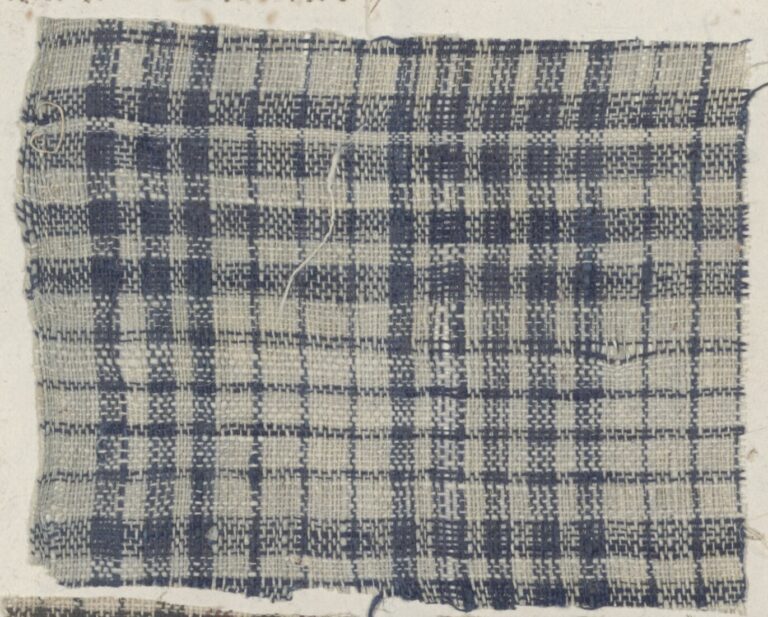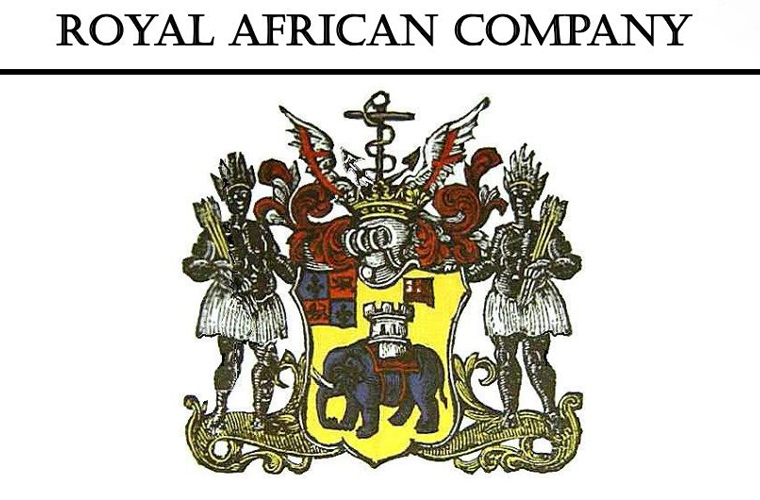How the Egyptian Pound Came to Be Known As “Geneh”
Africa Egyptian history England Textiles
Rawya Lamei
Image via Zawya
You may wonder why Arabic speakers refer to the Egyptian pound as “geneh.” The name is used to refer to numerous currencies other than the Egyptian, including Sudanese, and is associated with the pound, as it is called in the United Kingdom. But the names “geneh” and “pound” are completely different, leading many to believe that it is simply a name that arose randomly among Arabic speakers. This could not be further from the truth – the name geneh has its roots in English and further roots in West Africa. Let’s take a deep dive into the etymology of the geneh.

Image via The Royal Mint
The word geneh comes from the English “guinea,” which was a unit of money commonly used until 1813, similar to the shilling and taarifa that we know in Egypt. While the guinea has not been used in England for a very long time, it continues to be used sometimes in auctions and other specific contexts. Its value fluctuated between 20 and 30 shillings, depending on the value of gold. Now, you may be thinking that the name guinea sounds familiar, as it comes from the Guinea region in West Africa. Several modern states go by the name Guinea: Equatorial Guinea, Guinea Bissau, and Guinea Conakry get their name from the Guinea region. But why the name guinea came to be used to denominate a monetary unit is up for speculation.
The most commonly acknowledged reason as to where the geneh got its name is that the gold used to produce the guinea coin was mined within the West African region. Although this is possible, there may be another more intricate reason behind this.
The Guinea region was a hub for textile production, as well as textile import and export. These textiles were deemed so valuable that some sources state that cotton cloth had circulated as currency since the fourteenth century. One particularly popular textile in the region was known as the “Guinea cloth.” While the textile definitely has roots in West Africa, it seems as though the reason it came to be produced in the area was to counterbalance textile production in Asia. Initially, the Guinea cloth was woven in India, then exported to Europe, and later reexported to West Africa.

Image via Dutch Textile Trade
In the Industrial Era, demand for a resource named Gum Arabic, which was extracted from West Africa, began to rise. In exchange, trading posts along the Senegal River in the seventeenth century generally welcomed Guinea cloth instead of regular monetary currency. Into the twentieth century, Guinea cloth was used as a normal unit of money in the region. While much of the information about exactly when Guinea cloth began to be produced in the area (given its production in India and Europe) is unclear, evidence points to the fact that the textile had firm historical roots in West Africa.

Image via Same Passage
With the common use of Guinea cloth among traders as a unit of currency, dedicating the name Guinea to a unit of money seems to be the natural course of action. While there is no empirical evidence to suggest that this is indeed where the name of the unit comes from, it is speculated that this may be the origin. While the guinea was discontinued early in the nineteenth century, the word continued to be used among people for a while afterwards – it’s even referenced in the original Peter Pan novel, published in 1904. When the Egyptian pound began circulation in 1836, it appears that instead of borrowing the name “pound,” the “guinea” was adopted instead – after all, both the guinea and the pound were close in value.
recommended
 Restaurants
Restaurants
Cairo's Ramen Revival: 5 Must-Try Bowls Around the City
Asian Food Asian Restaurants Cafés
Cafés



